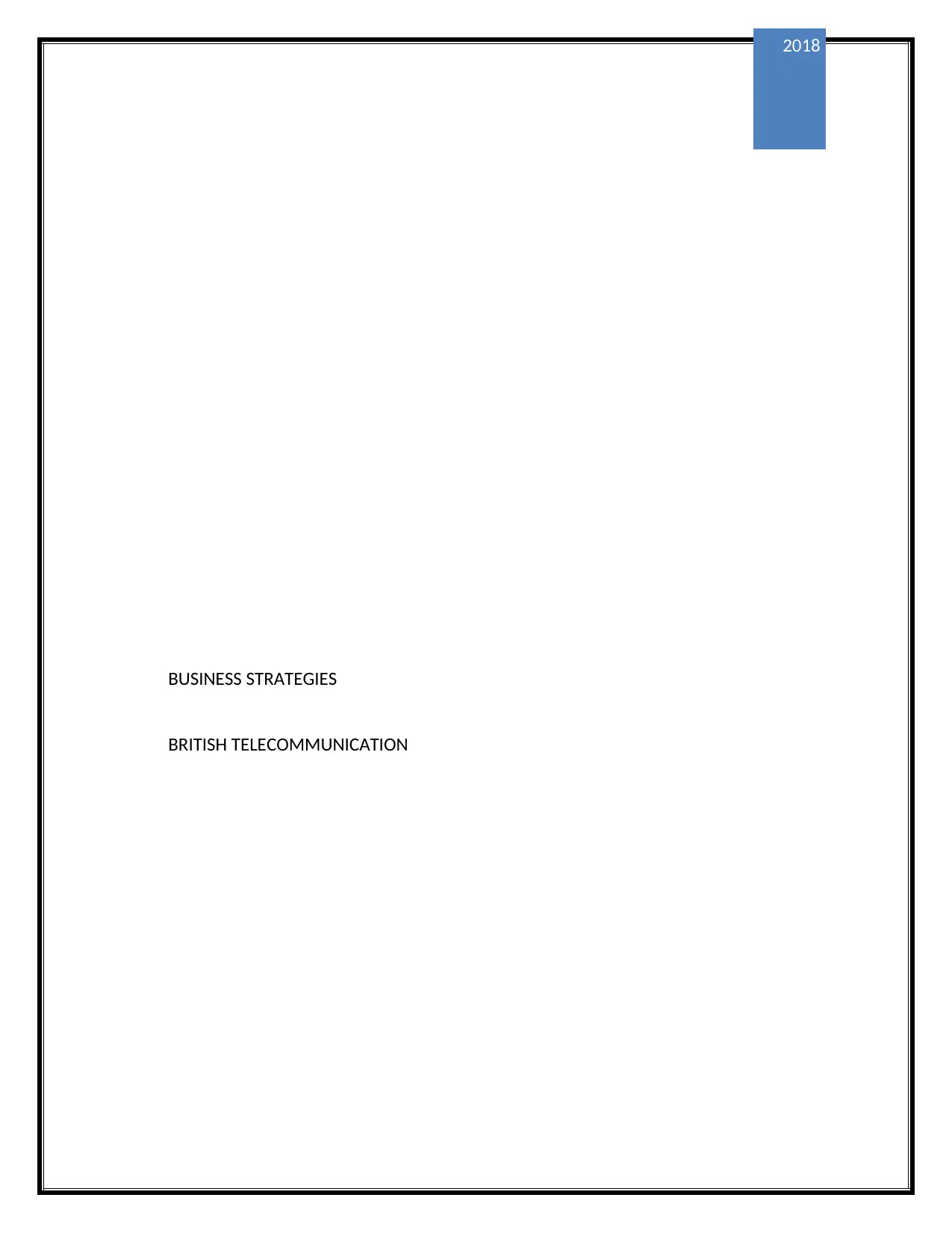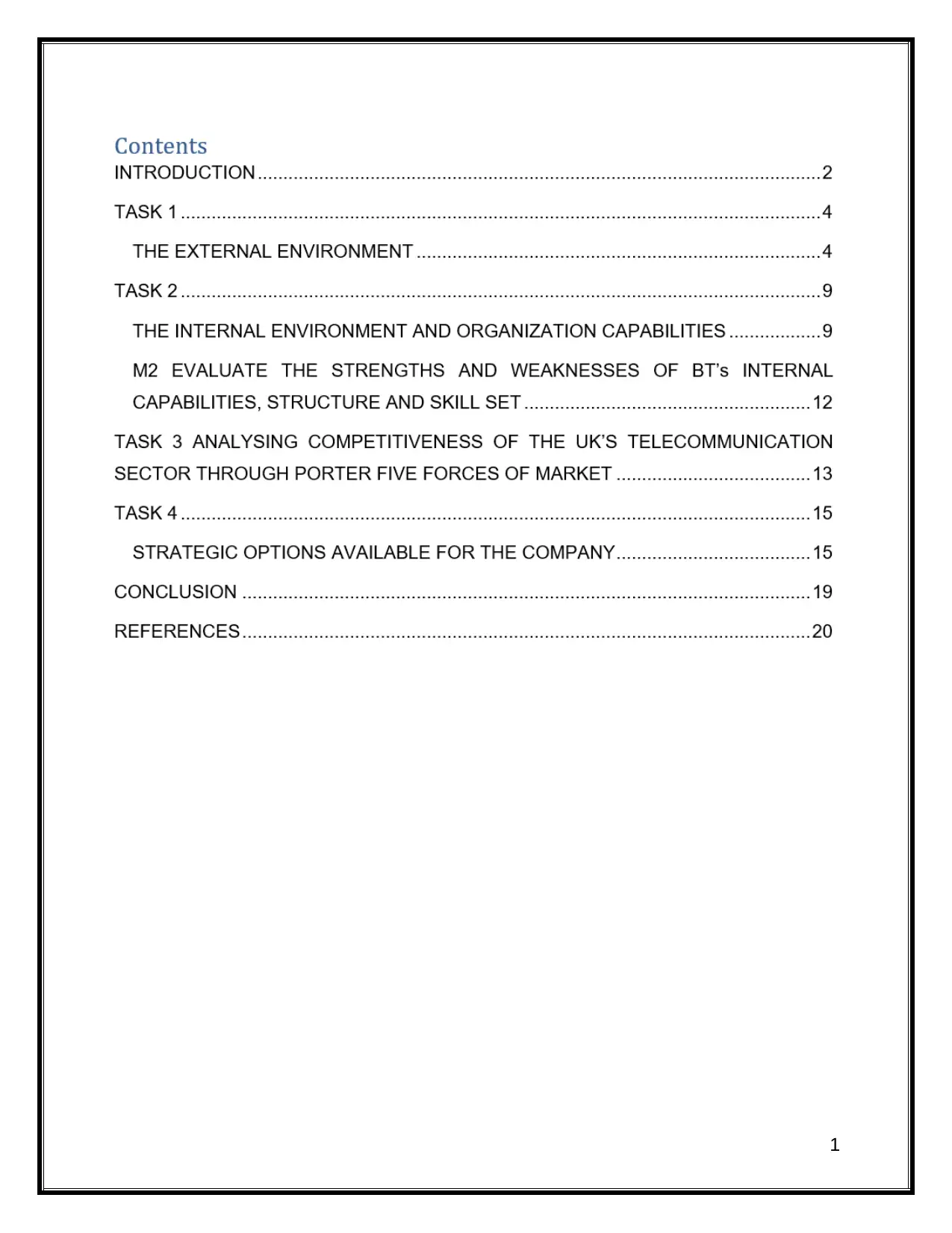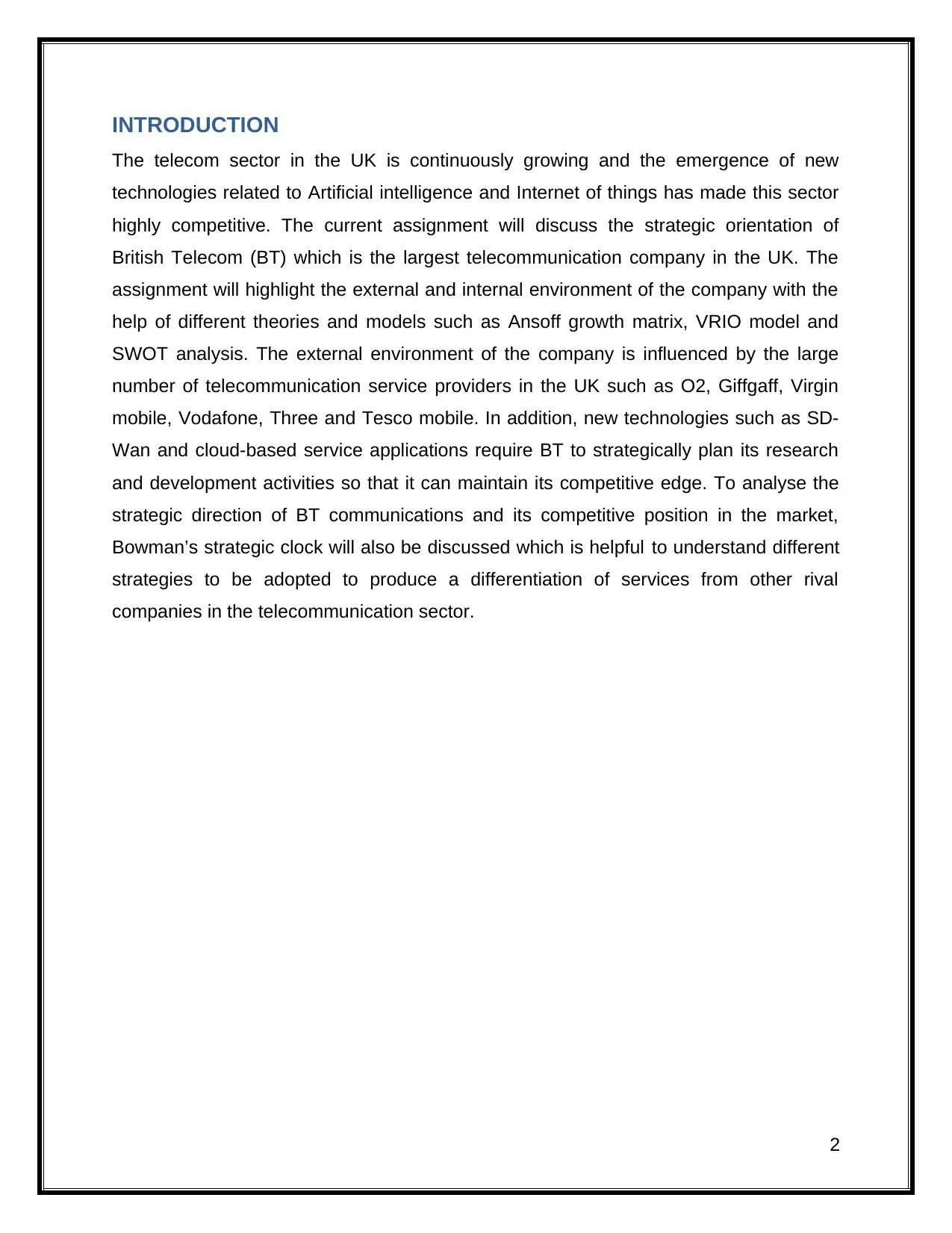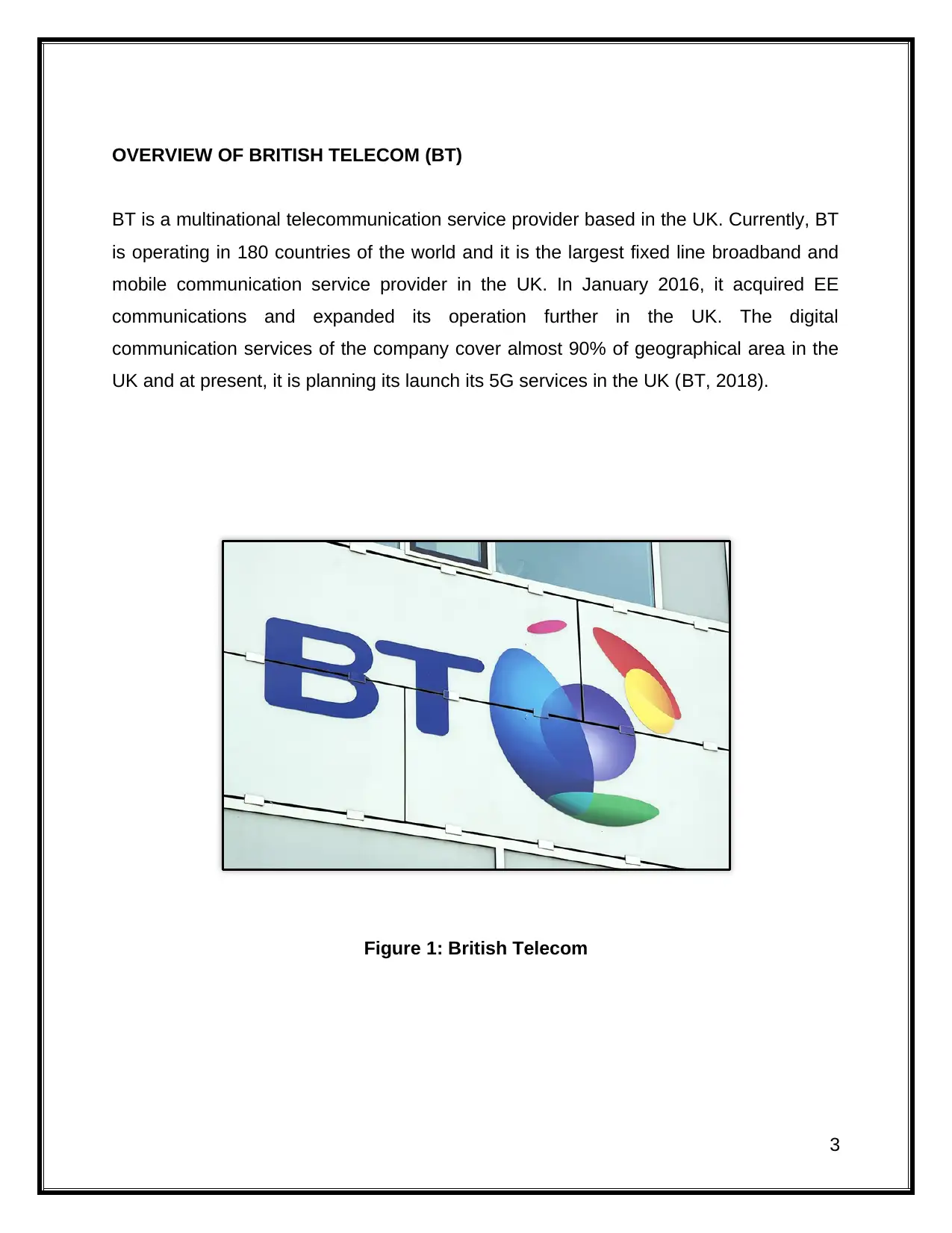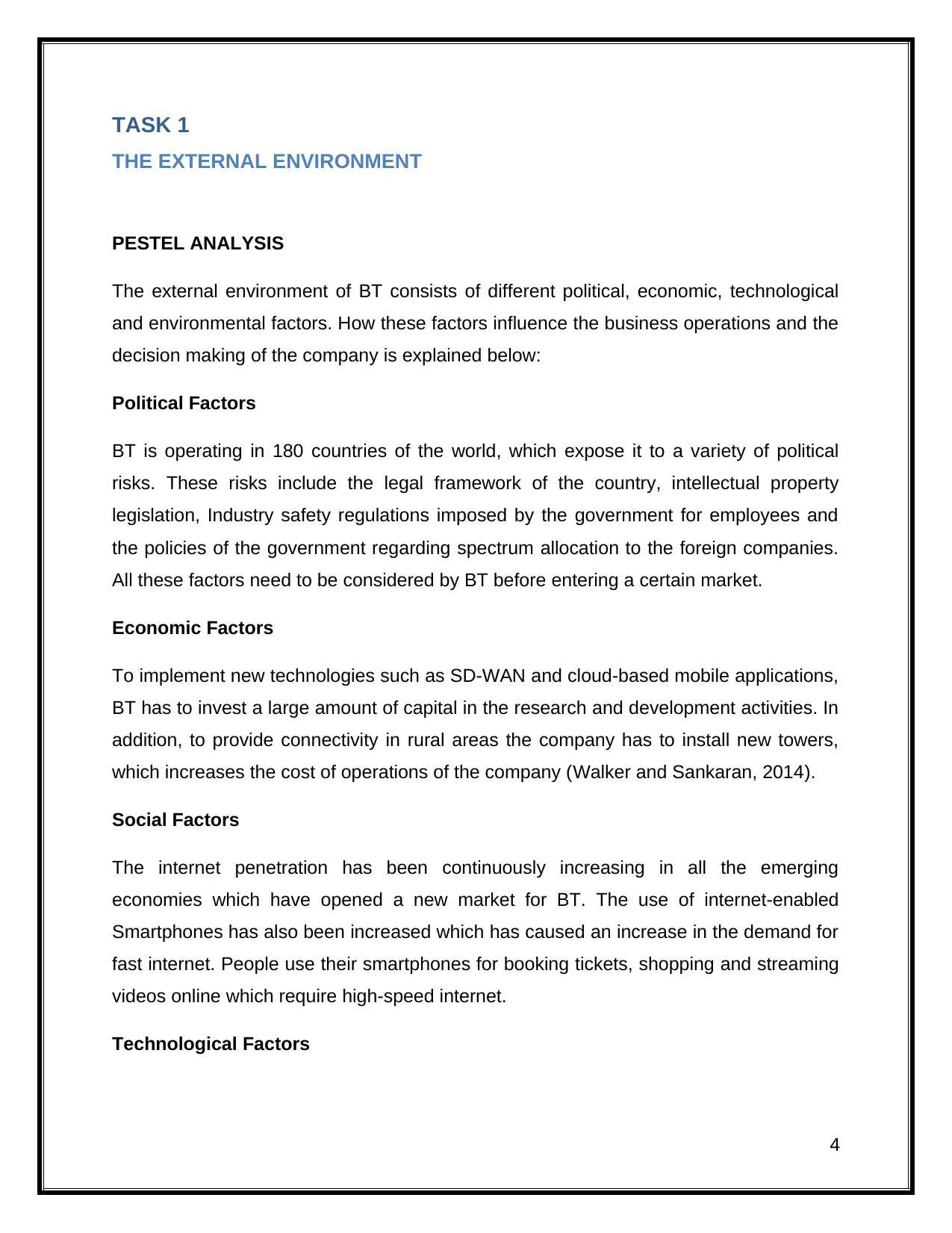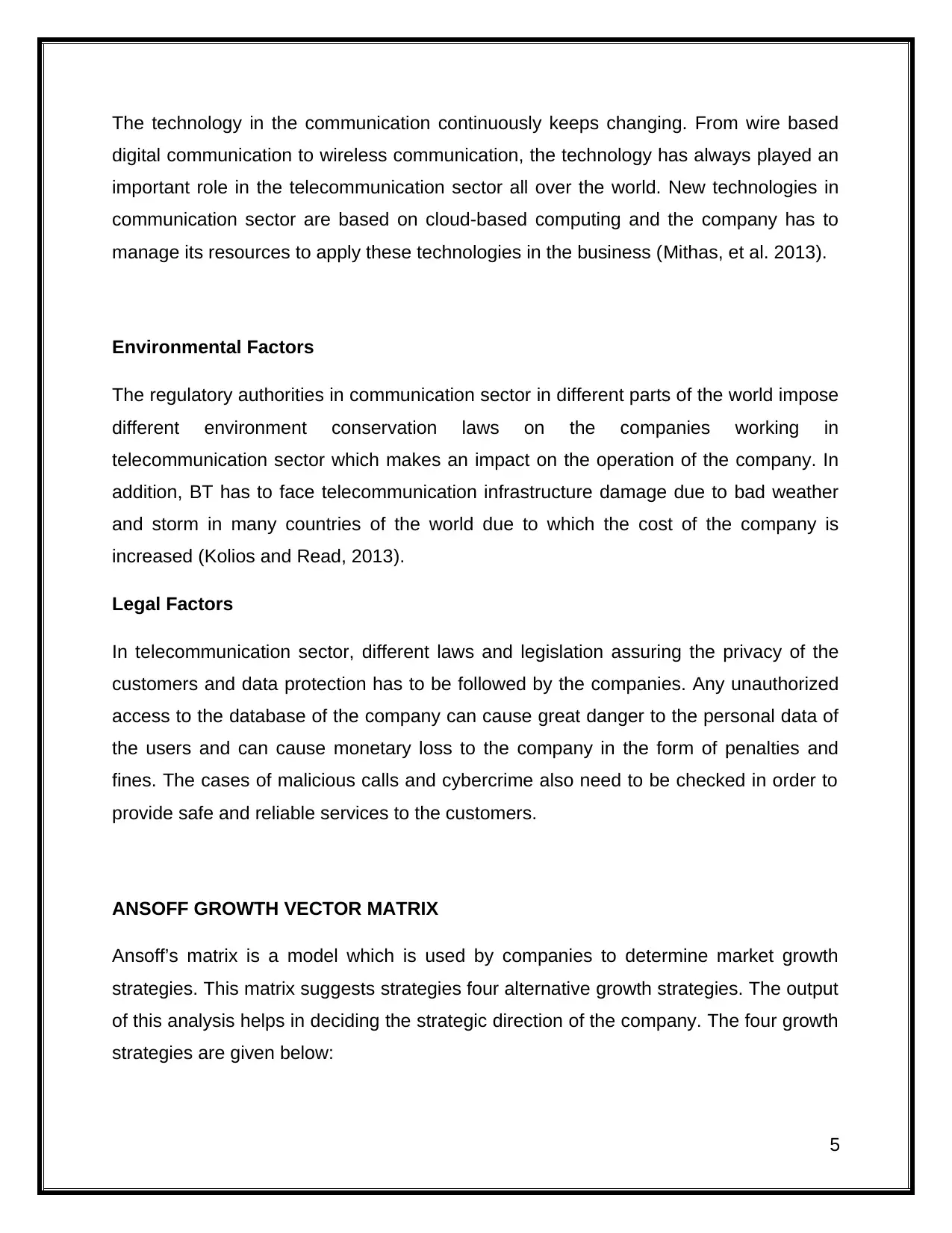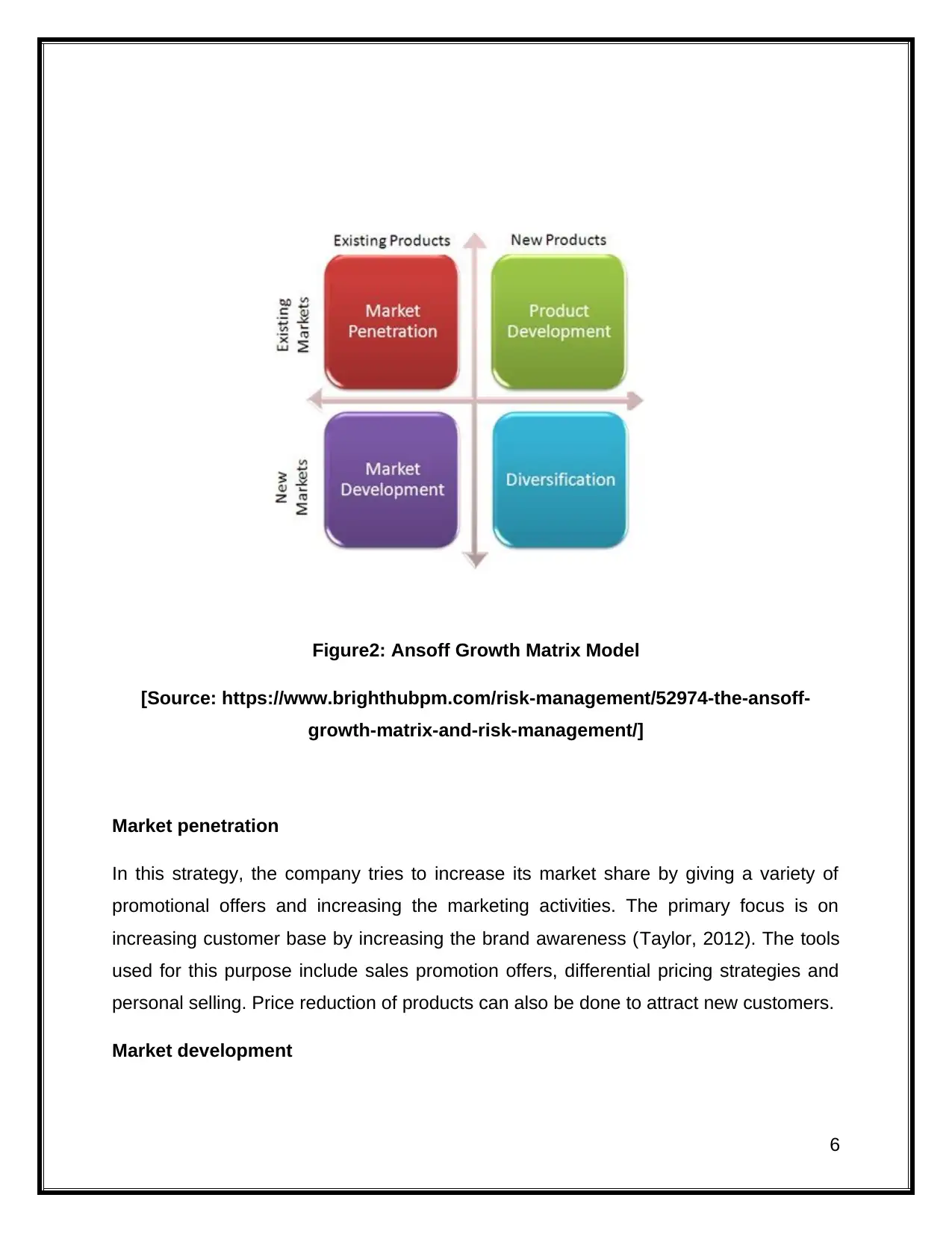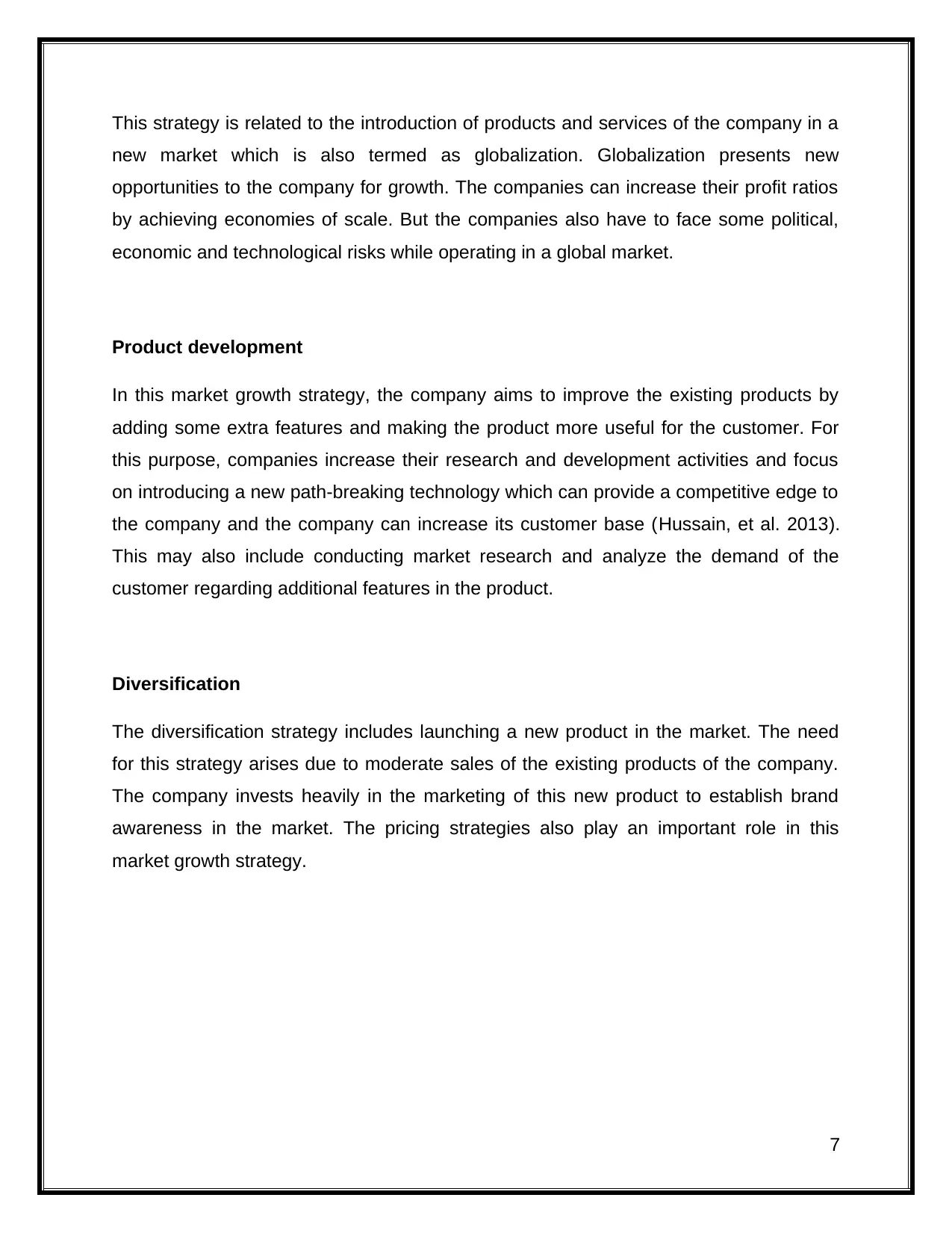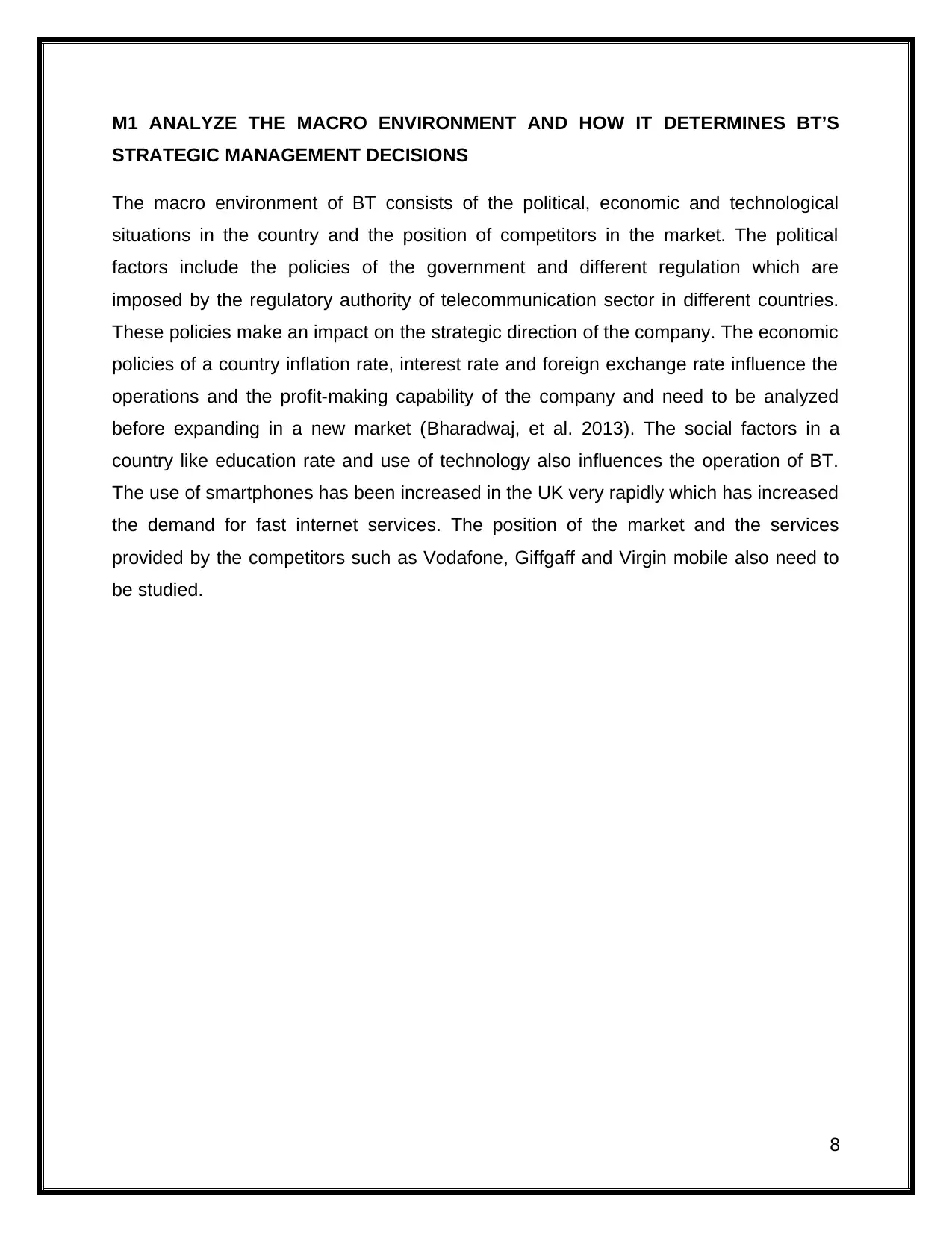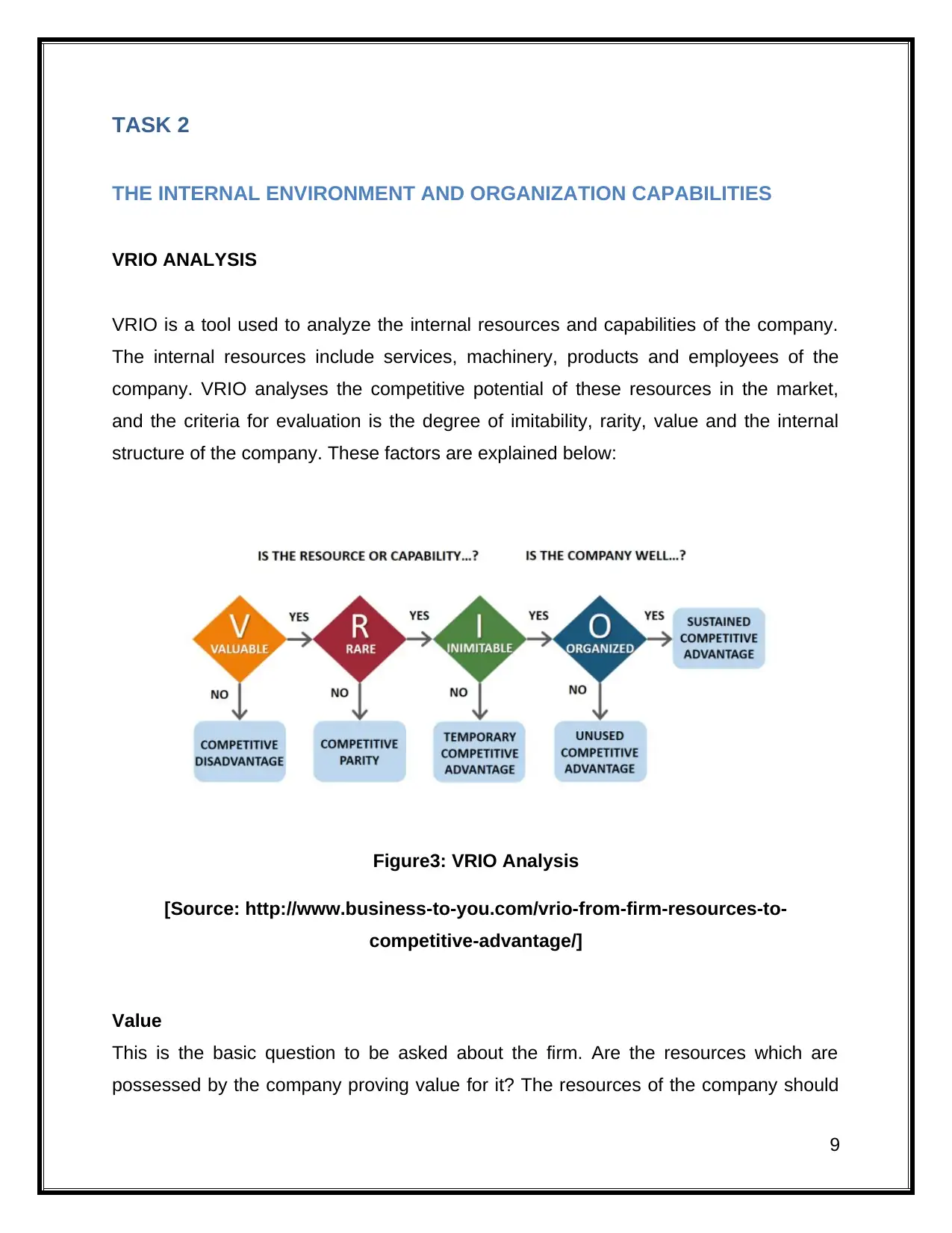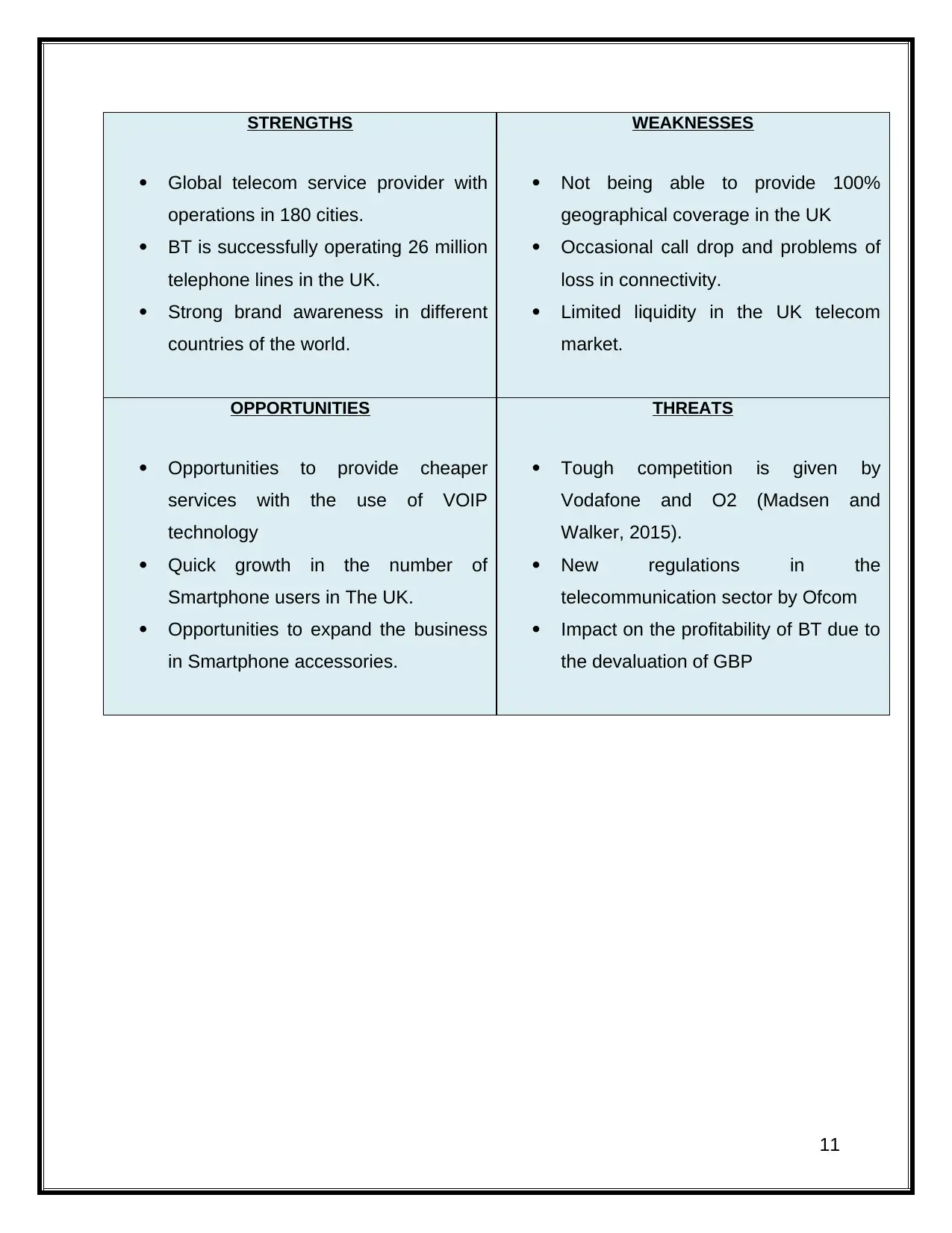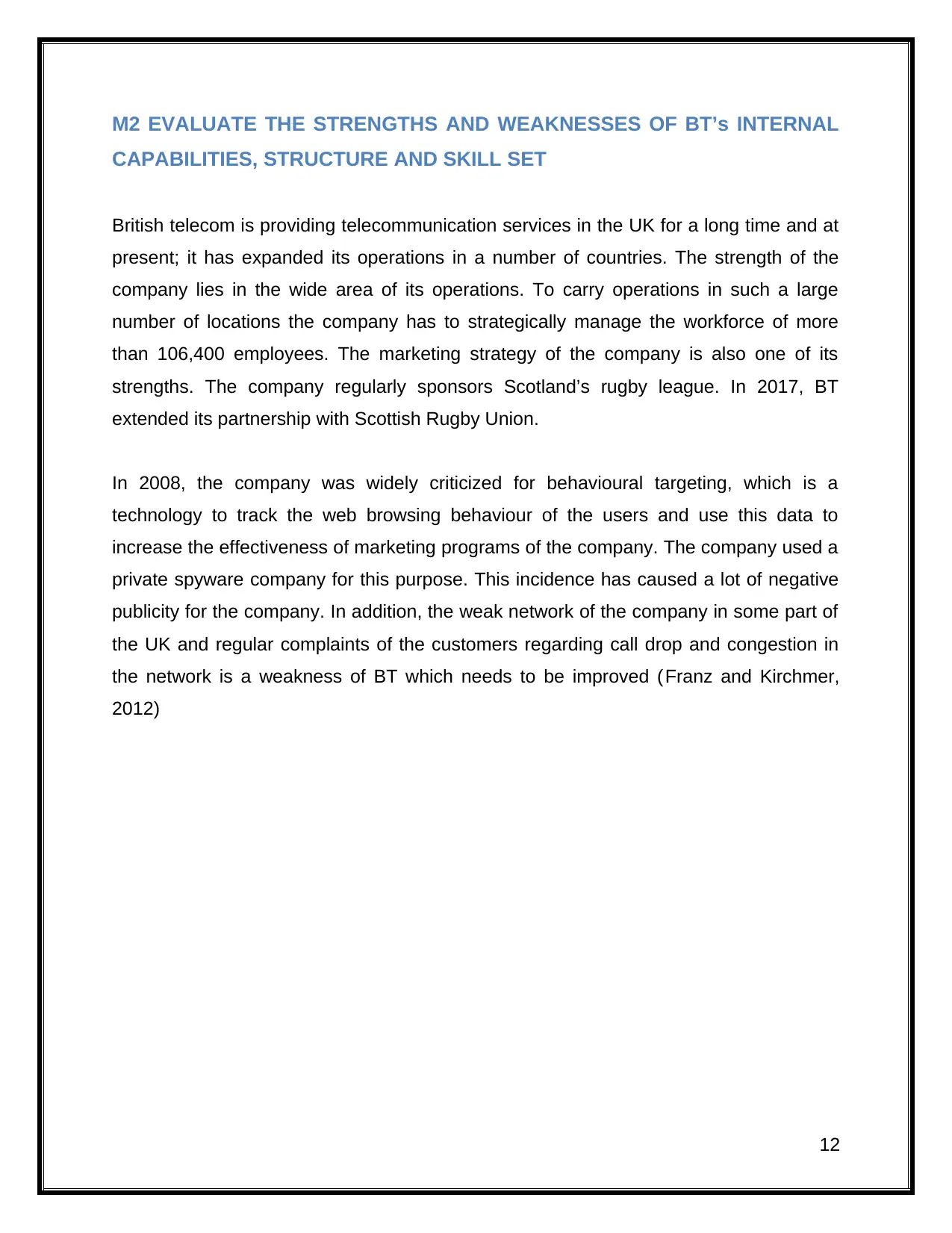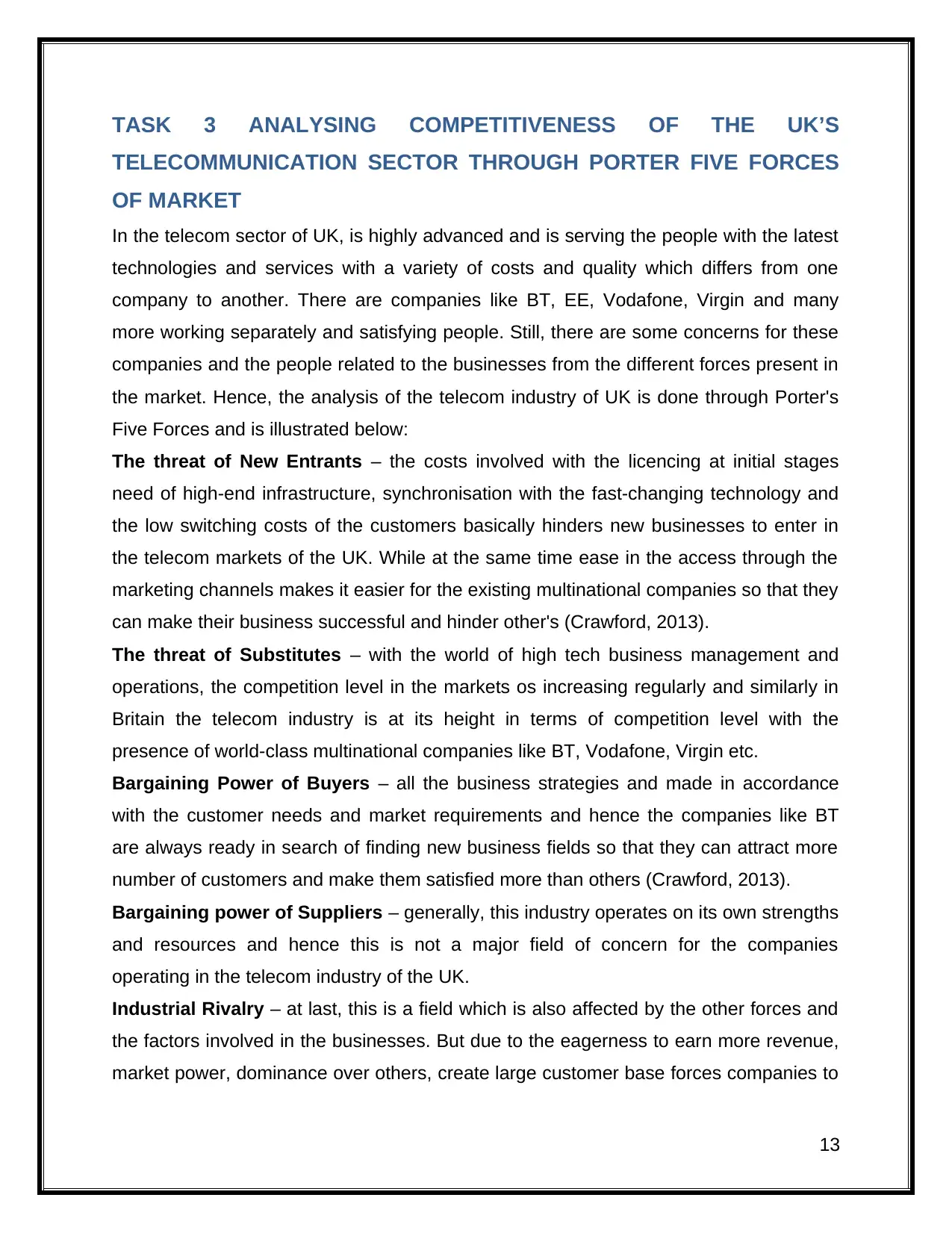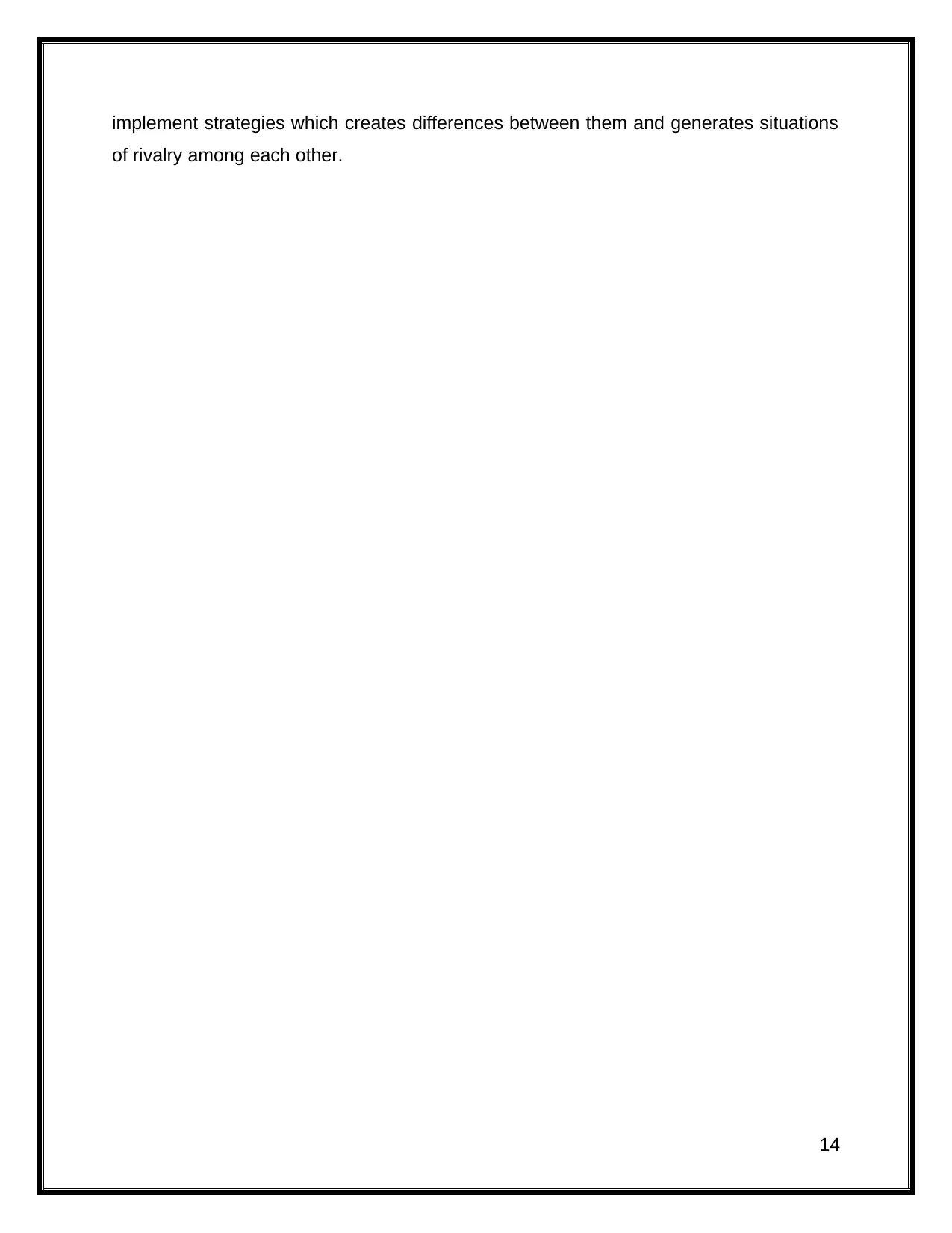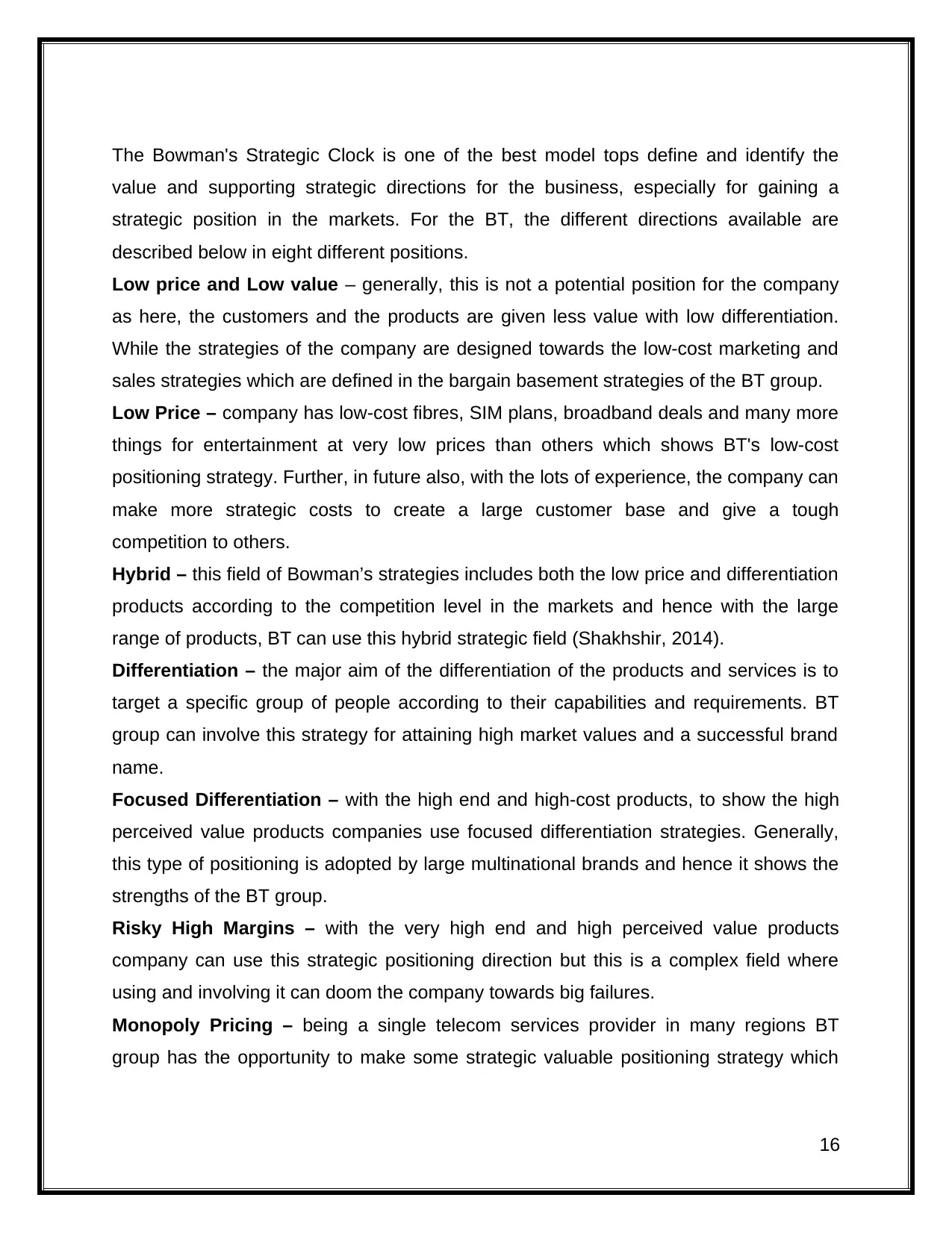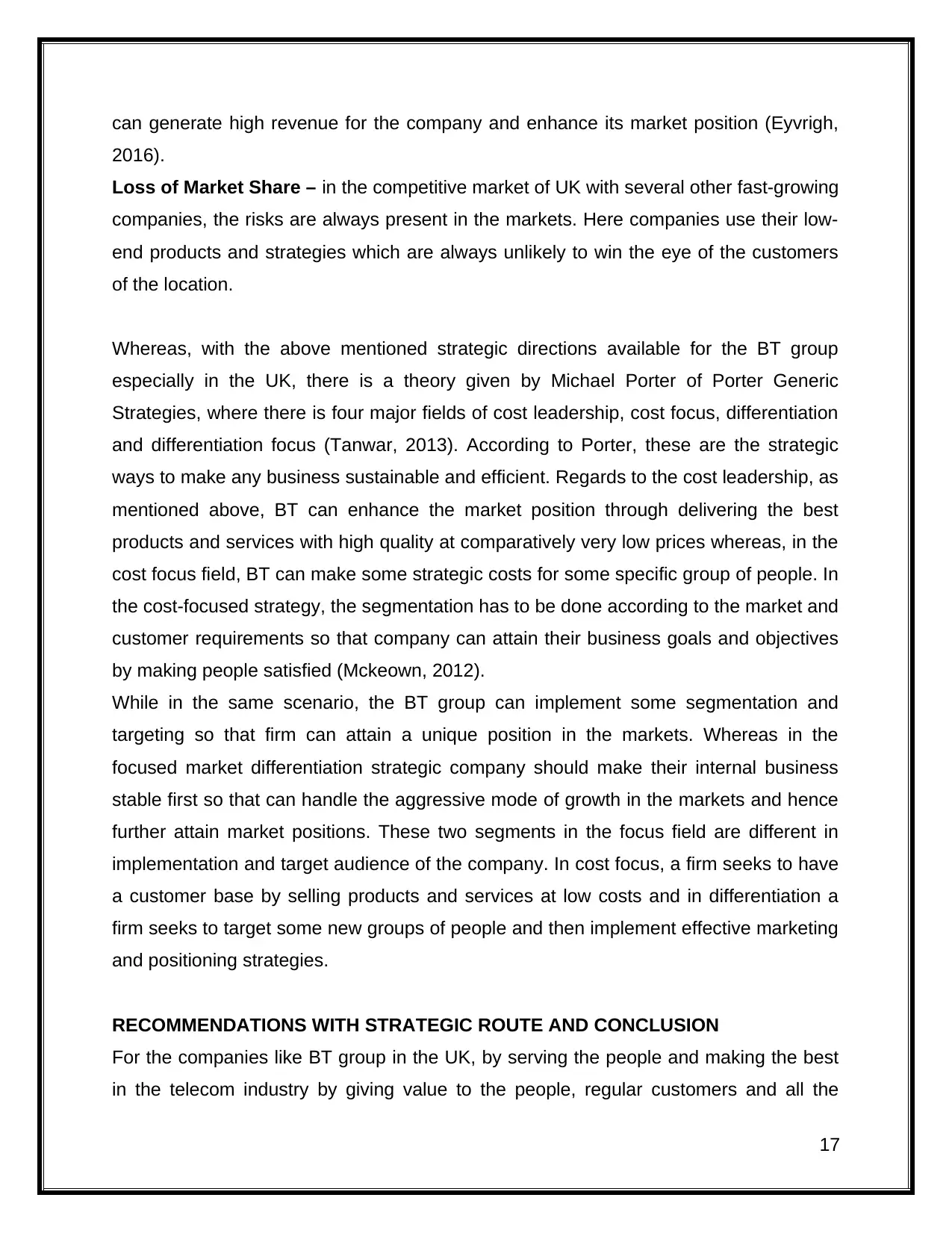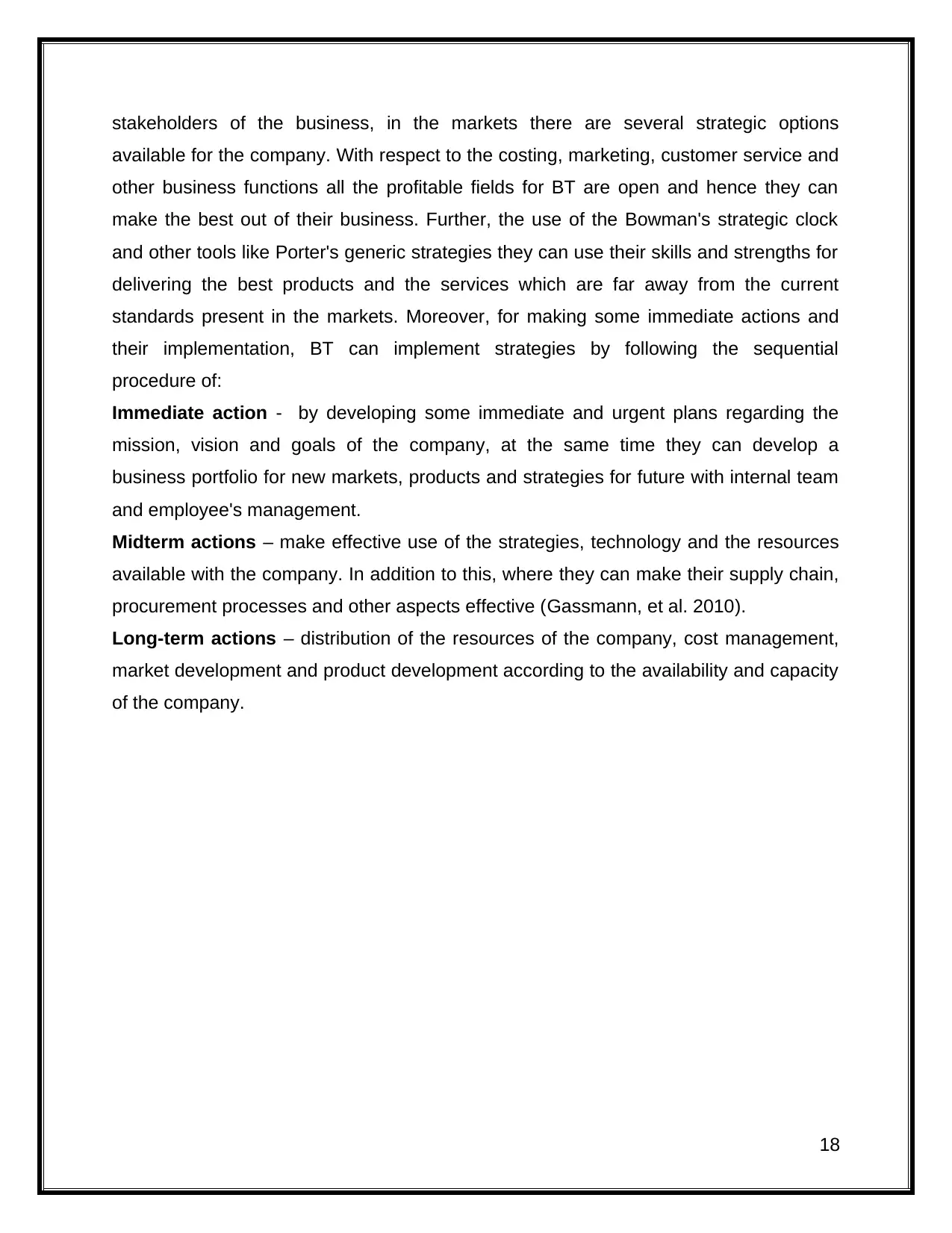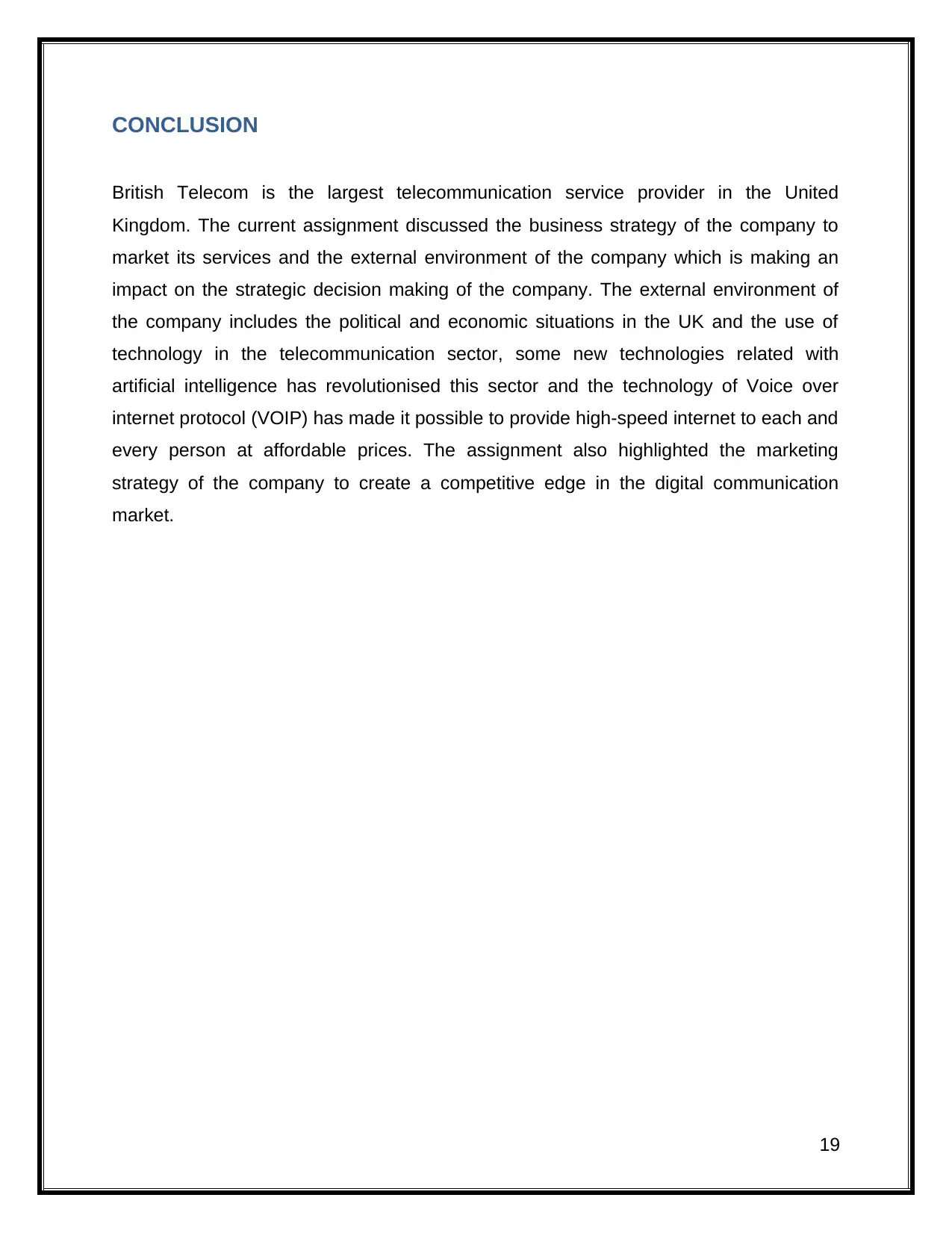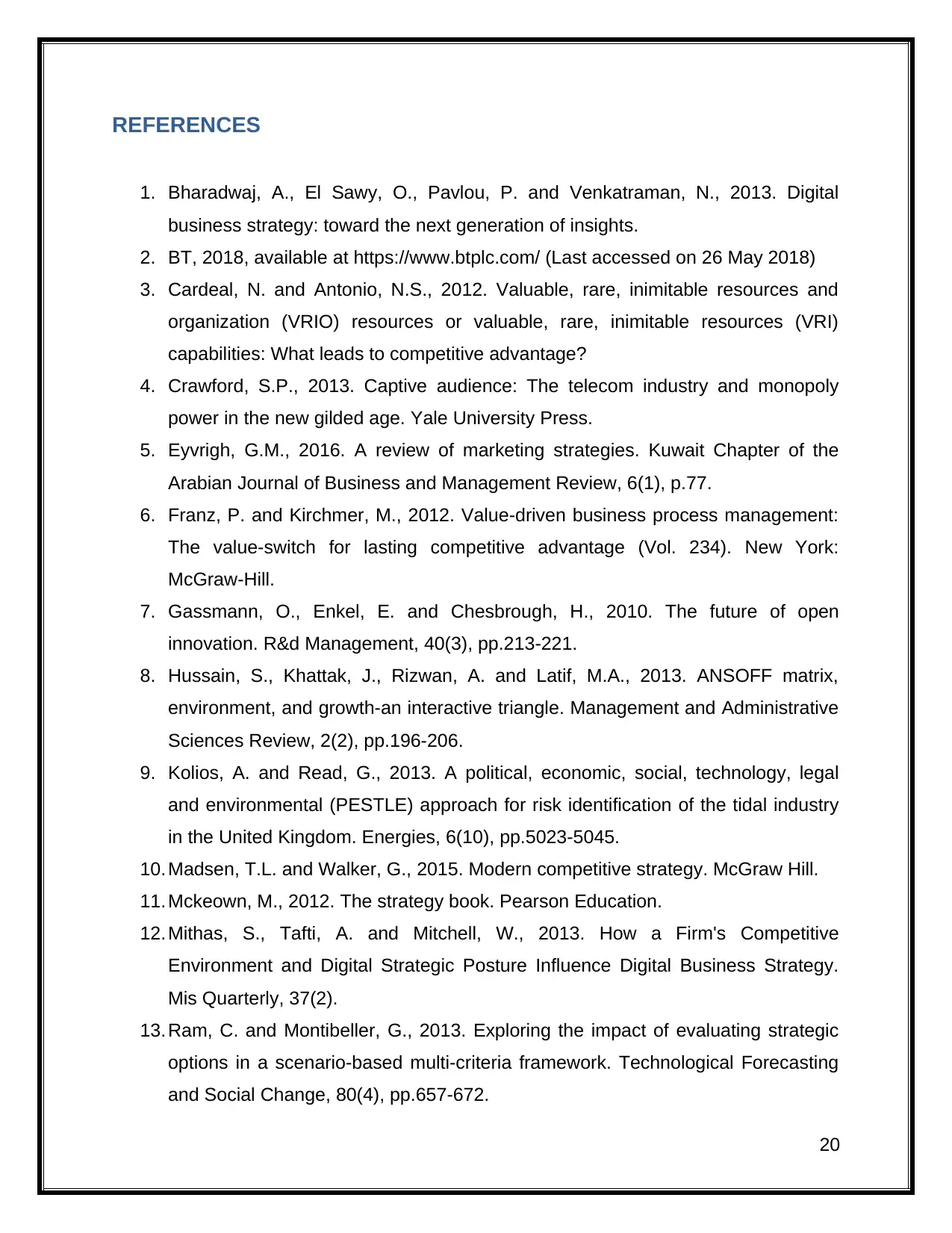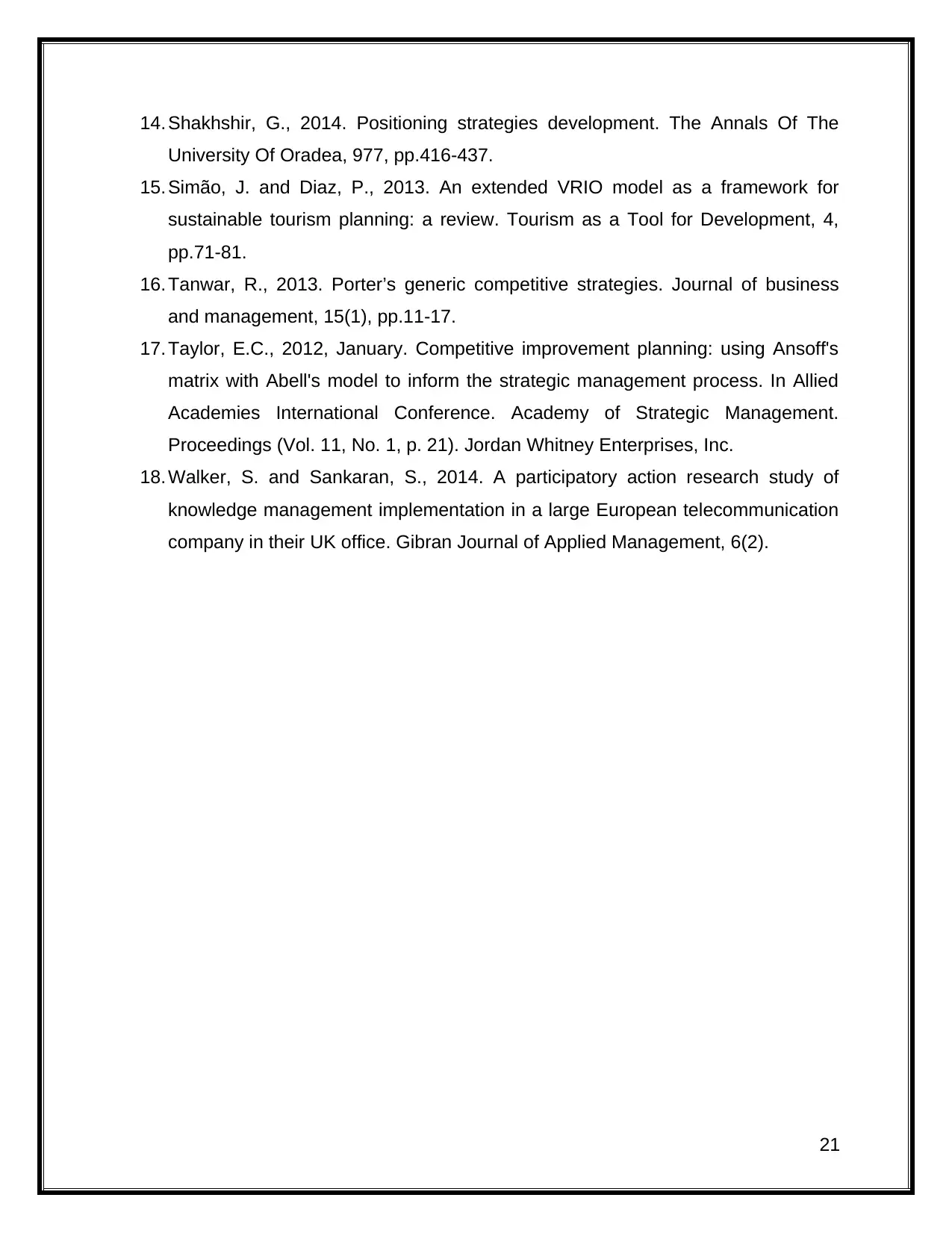This assignment delves into the strategic orientation of British Telecom (BT), the UK's largest telecommunications company. It examines the company's external and internal environments using frameworks like Ansoff's growth matrix, VRIO model, SWOT analysis, and Bowman's strategic clock. The analysis explores the impact of political, economic, social, technological, environmental, and legal factors on BT's operations. It also evaluates the company's strengths, weaknesses, opportunities, and threats, and analyzes the competitive landscape of the UK telecommunications sector through Porter's Five Forces. Finally, the assignment provides recommendations for strategic options available to BT, outlining a strategic route for the company's future success.
![[object Object]](/_next/static/media/star-bottom.7253800d.svg)
![[object Object]](/_next/static/media/star-bottom.7253800d.svg)
